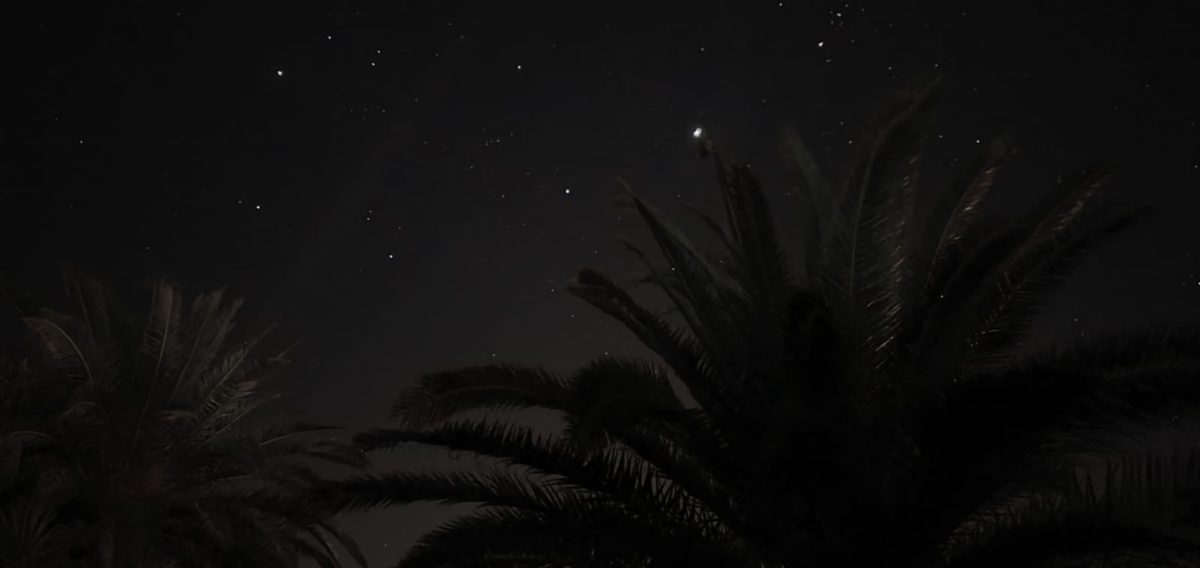Constellations winter show
avec
Jean Luc Andrianasolo
Karim Forlin
Sonia Garcês
Roman Gysin
Lauren Huret
Damien Julliard
Eden Levi
Miami Books
Leah Nehmert
Lucas Olivet
Société POTOP
Benoît Schmidt
Ramaya Tegegne
Anaïs Wenger
Eva Zornio
Une sélection de pièces uniques et d’éditions limitées, incluant des céramiques, éditions, peintures, photographies et sculptures. Une proposition de Sonia Garcês visible jusqu’au 20 décembre 2024
Une partie des éditions du labo sera présenté dans la librairie temporaire.
Horaire d’hiver : mercredi et vendredi de 15h à 19h, samedi de 14h à 17h et sur rendez-vous : info@espacelabo.net / 0225567275
